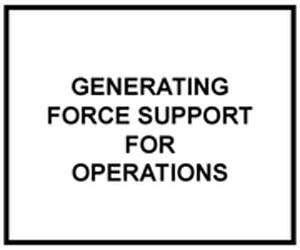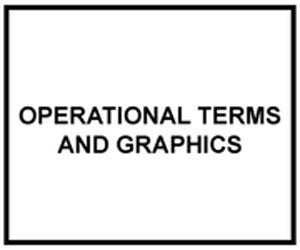
FM 3-06: URBAN OPERATIONS
Official US Army Field Manual in Acrobat PDF file format.
Doctrine provides a military organization with a common philosophy, a language, a purpose, and unity of effort. Rather than establishing a set of hard and fast rules, the objective of doctrine is to foster initiative and creative thinking. To this end, FM 3-06 discusses major Army operations in an urban environment. This environment, consisting of complex terrain, a concentrated population, and an infrastructure of systems, is an operational environment in which Army forces will operate. In the future, it may be the predominant operational environment. Each urban operation is unique and will differ because of the multitude of combinations presented by the threat, the urban area itself, the major operation of which it may be part (or the focus), and the fluidity of societal and geopolitical considerations. Therefore, there will always exist an innate tension between Army doctrine, the actual context of the urban operation, and future realities. Commanders must strike the proper balance between maintaining the capability to respond to current threats and preparing for future challenges.
PURPOSE
This manual provides the analytical tools for evaluating an urban operation to determine if the operation is necessary for overall mission success. It also provides the means to understanding and determining the impacts of the urban environment on military operations and provides information on managing, taking advantage of, and mitigating the effects of those impacts as appropriate. As such, this manual demonstrates how to apply the doctrinal principles in FM 3-0 to this unique environment.
SCOPE
Chapter 1 introduces theoretical and historical perspectives of urban operations that serve as the underlying basis for the rest of the manual. While this manual has incorporated lessons learned from recent and ongoing operations, it has deliberately taken a broad and varied historical perspective in order to remain relevant to future threats and circumstance differing from those that the Army currently faces. Chapter 2 discusses the characteristics of urban centers and populations as well as their impact on operations. It is unlikely that Army forces will ever operate in a benign urban environment; therefore, Chapter 3 discusses the varied nature of potential urban threats. Chapter 4 describes the effects of the urban environment on warfighting functions and tactics. An understanding of the complexities of the urban environment, the nature of the enemy as an adaptive, learning opponent, and the effects of the environment on warfighting capabilities and skills is essential to sound decision making. Chapters 5 and 6 discuss the potential costs of urban operations and risk reduction measures that the commander and his staff must consider early in their planning. These chapters also outline an urban operational framework and specific urban considerations that create the foundations necessary for successfully applying operational doctrine to an urban environment.
The second part of the manual (Chapters 7 – 10) discusses how urban operations are conducted and resourced. Urban operations include major offensive and defensive operations in urban environments as well as stability or civil support operations ranging from peace operations and counterterrorism to disaster relief and humanitarian assistance. For the different types of operations—offense, defense, and stability or civil support—the purpose, characteristics, organization, and considerations are discussed. However, commanders consider that most urban operations will normally involve the simultaneous execution of offense and defense with stability or civil support (although proportional emphasis will shift over time) and plan accordingly.
APPLICABILITY
This manual is intended for Army commanders and their staffs at the brigade level and above. It addresses full spectrum operations that Army units will execute in urban settings. However, users should also consult JP 3-06 for specific joint information. Additionally, users should be familiar with FM 3-06.1, FM 3-06.11, TC 90-1, and urban operations chapters, appendices, or sections found in other infantry, armor, combined arms, and proponent field manuals for the tactics, techniques, and procedures (TTP) and appropriate proponent information necessary to conduct tactical urban operations at the brigade level and below. This publication applies to the Active Army, the Army National Guard (ARNG)/Army National Guard of the United States (ARNGUS), and United States Army Reserve unless otherwise stated.
File download size: 12.5 MB



